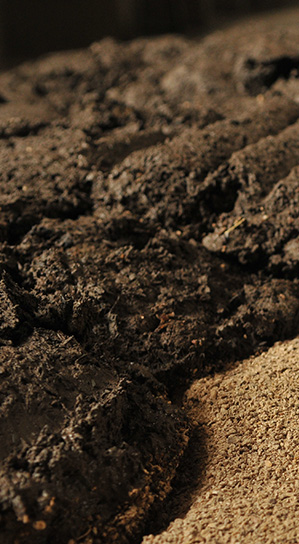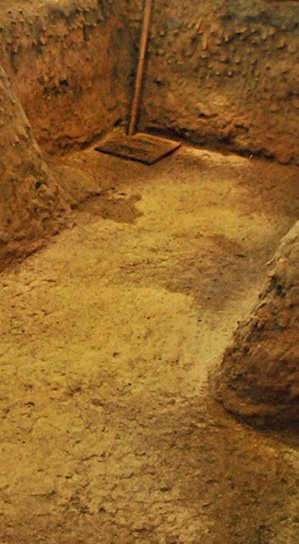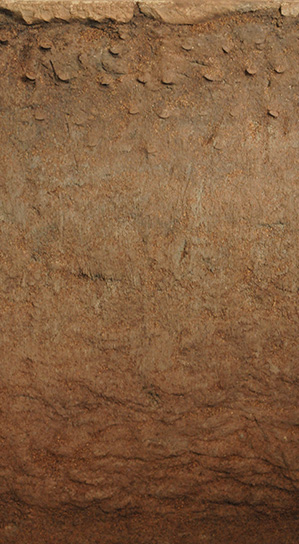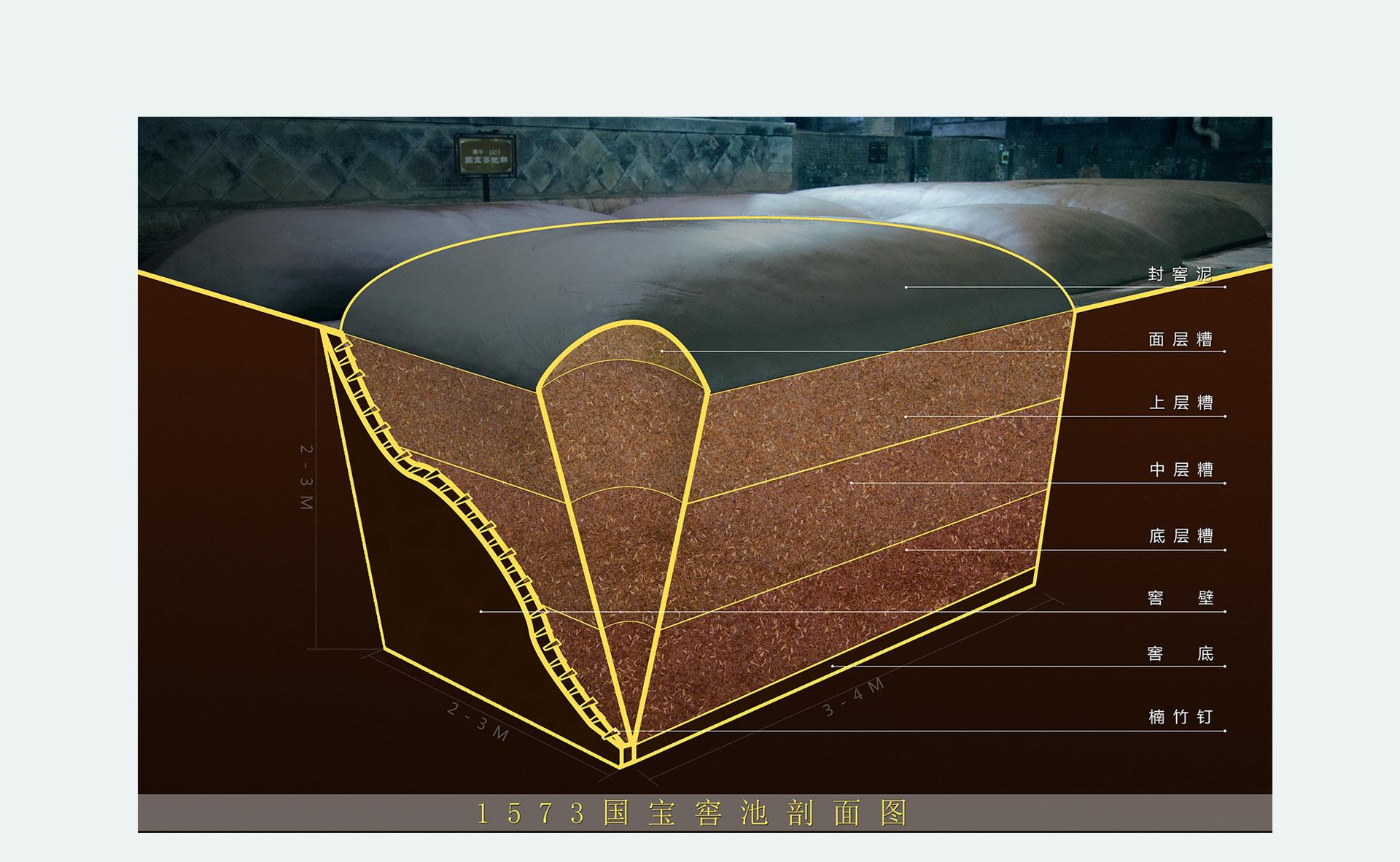
Without intermission for over four hundred and forty years, it has been creating history every day!
Besides warmth and moisture, old cellars (Laojiao) and grains are also important elements in determining the quality of Baijiu. Since 1573 A.D. (the Wanli Period of Ming Dynasty), the precious 1573 National Cellars have been producing Baijiu without interruption for more than four hundred and forty years and are the most ancient, most well preserved and still in operation up till now in China. It is also acclaimed as the only “living cultural relics” in parallel with Dujiangyan, an irrigation system built in two thousand years ago and still working.
In 1996, the State Council announced the cellars as one of the national key historical and cultural protection units, and it has been therefore called the “National Cellar”.
In 2006, Luzhou Laojiao was included by the Chinese government into the “tentative list of candidates for World Heritage Sites.” In 2013, Luzhou Laojiao’s 1619 old cellars of more than one hundred years’ history, the 16 ancient Baijiu workshops and the three major Baijiu preservation caves, including Chunyang Cave, Longquan Cave and Zuiweng Cave, were also announced to be the national key historical and cultural protection units. No matter in terms of the hardware, the scale, the techniques or history, Luzhou Laojiao is no doubt one of the leading brands.









Every time a fermentation cycle is completed, a quarter of the old grains in the cellar cap are removed, and replenished with new grains. This allows the fresh and old grain to mix and continue to cycle while multiplying the growth of wine-making microbes.
The mud cellar is the living environment for microbes. The longer the cellar is used, the more microbial species will multiply and enrich. Baijiu brewed from old cellars is particularly “mellow and rich”, more fragrant, clear and refreshing with long aftertaste after drinking.
According to the research of the Food fermentation Institute of Chinese Academy of Sciences, Luzhou Laojiao’s pits have been brewing for hundreds of years, and have created a favourable ecosystem with various microbial species in high quantity. It’s a good model for the Baijiu brewing process in China.
